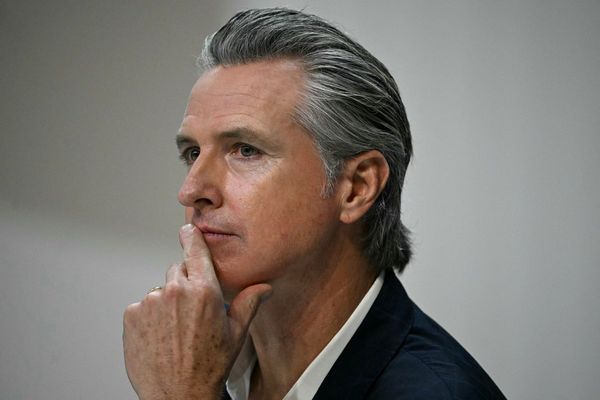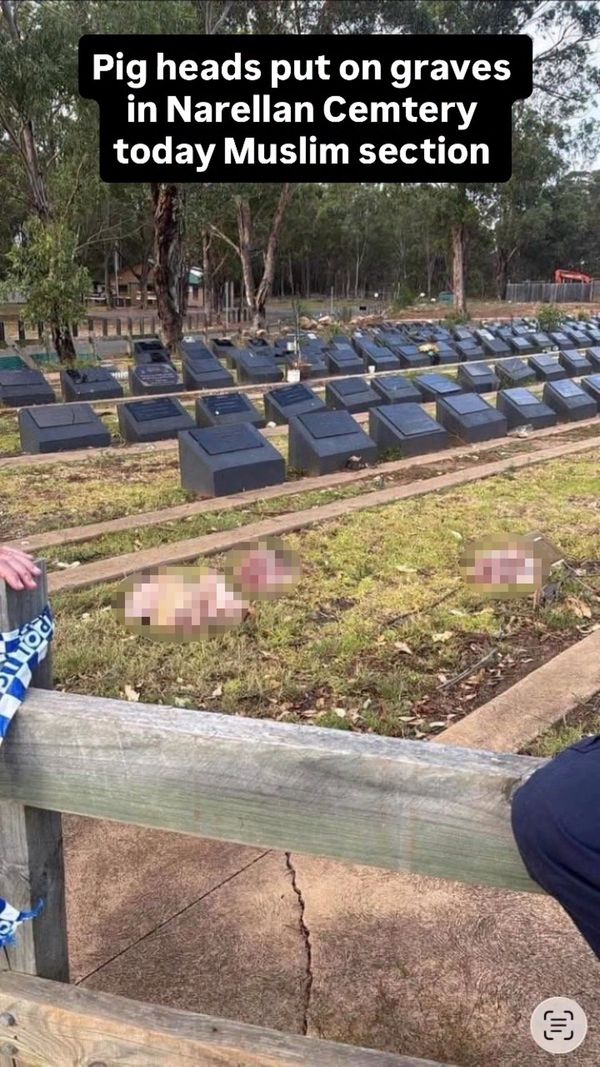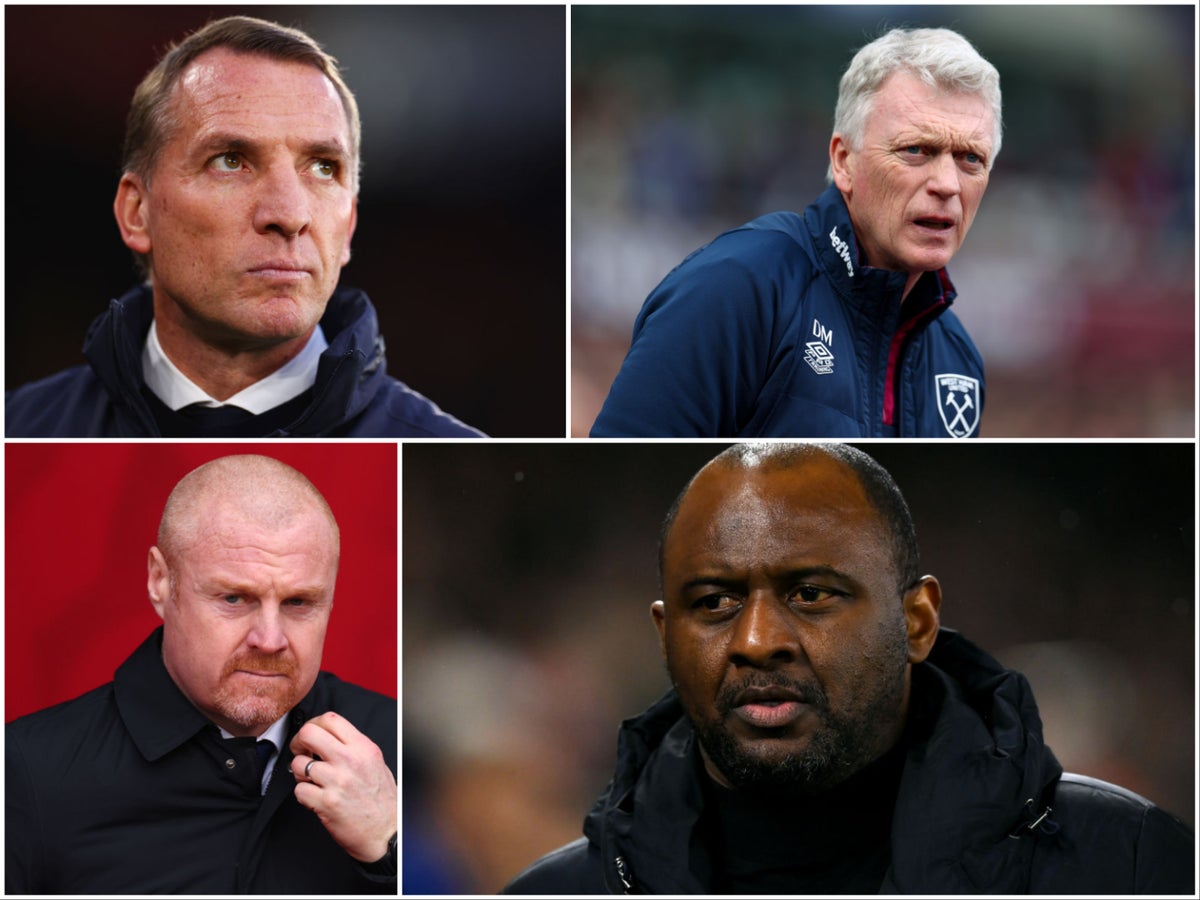
To get a sense of how volatile the bottom half of the Premier League is, you only have to consider the build-up to Patrick Vieira’s sacking. It isn’t that long ago that it was widely said Arsenal went for the wrong former midfielder in Mikel Arteta, and that Vieira was going to be the future of the club.
That has all been turned on its head, which is exactly what might happen to the bottom half of the table. The situation is all the more striking since Palace still lie in 12th. The problem, even before you get to the club’s long winless run, is that they are only five points above the bottom and three above the relegation zone. There has never been a crunch like it.
The closest other campaign at this stage of the season, with 11/12 games left, was the seven points between 12th and 20th - and 10 between 10th and bottom - in 2010-11. That had a mass race right to the wire and it’s impossible not to think this will be similar, or maybe even more chaotic. Up to 40 per cent of the Premier League are in trouble.
With that number, any little burst of form can save a team, any extended drop-off can put them in real danger.
This is where Palace are. Vieira initially had success by marrying an increasingly rare tactical pragmatism with bright young talent, only for that to inevitably wear off, and the team to now feel restricted. They and the board believe they can do much more, which is why he is gone.
There was a longer-term malaise which has created short-term risk. Palace are not the only side in that situation, and it is no coincidence most of those are the wealthier clubs, which has only weighed the bottom half down more. Brendan Rodgers is attempting an ongoing transition at Leicester City, with that undercut by injuries, the uncertainty symbolised by how Jamie Vardy can’t be used in the same way any more. At West Ham United, then, it’s hard to say whether this is one of David Moyes’ customary off seasons as he rebuilds or - like Vieira - the squad is just jaded of his approach. Some of those around the club are deeply concerned by the constant lack of response, and it doesn’t help when it feels the manager’s future is consistently under review.
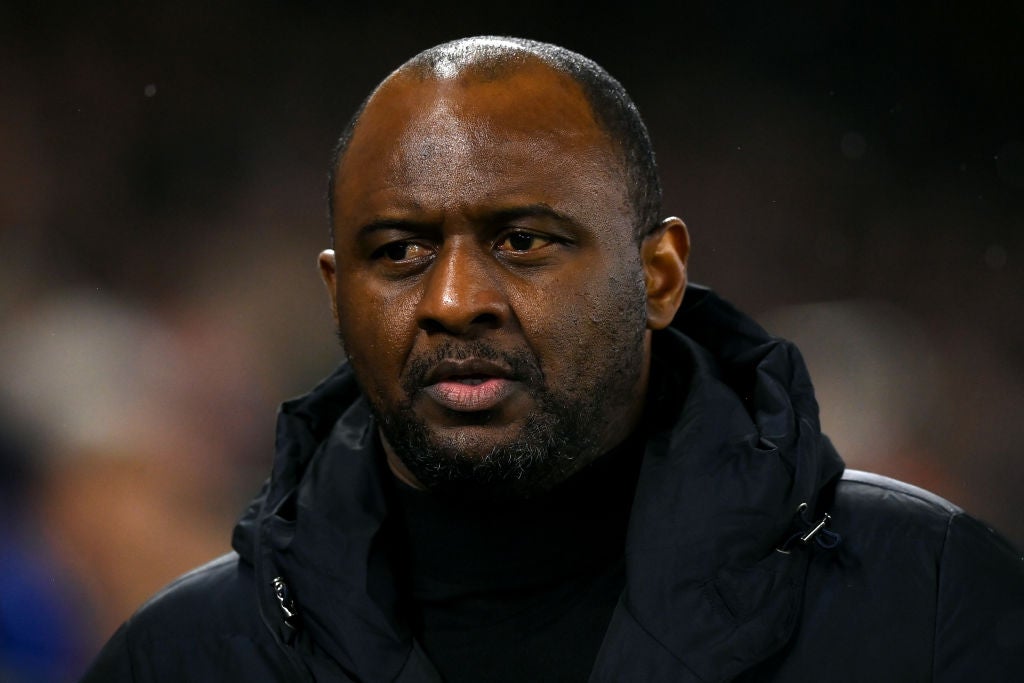
On the other side, Southampton look like one of those clubs who have just been in the Premier League too long, and sort of run their course. The exact same happened to previous “model clubs” like Fulham 2014, West Brom 2015, Swansea City 2018 and Bournemouth 2020. It’s almost as if a stagnation takes hold because they eventually hit a ceiling.
Like at least three of those clubs, Southampton have also had the warning sign of changing their manager twice in a season. That almost never ends well, and is in fact the surest sign of a tailspin.
A connected problem for clubs like Palace and West Ham, however, is that there also comes a point when a managerial change just can’t have the desired effect; when there’s not enough of the season left; when there’s not enough time for a new man to impose his methods.
Everton and maybe Leeds United perhaps got it just right in that sense by bringing in Sean Dyche and Javi Gracia, respectively. The grand caveat to this is that the table is usually much more stretched. In this campaign, any kind of jolt can have genuine reach.
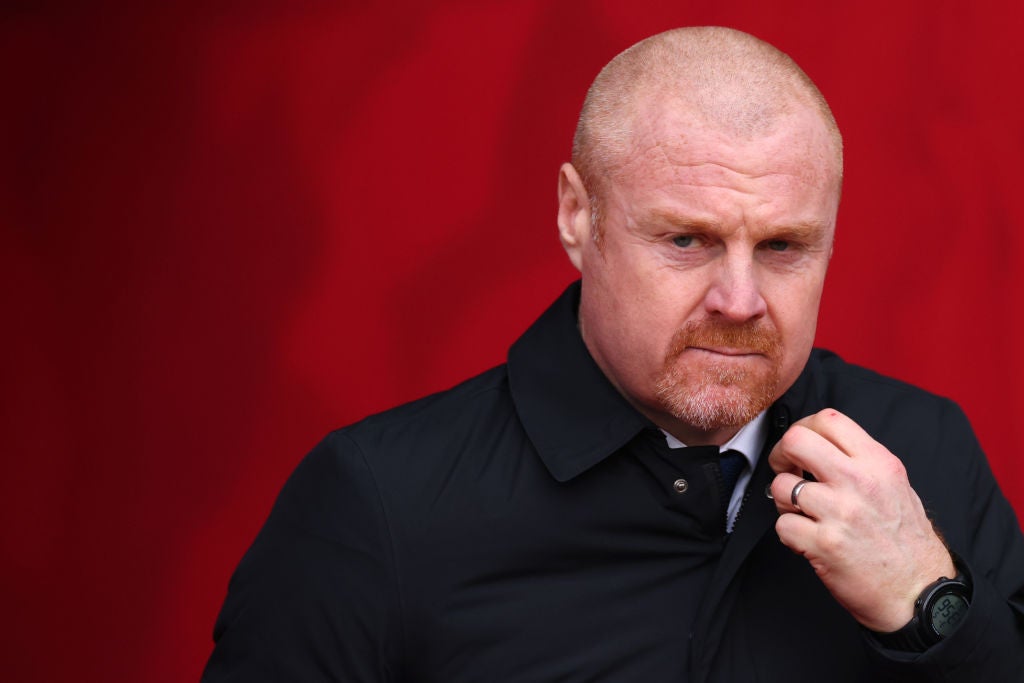
It could be a rare season where there are significant snakes and ladders and clubs rolling the dice quite late. It might also be a sign of the future.
The crunch looks like an inevitable outcome of the financial ladder, where the Premier League has almost become a four-tiered division that actually extends into the top of the Championship. This is why we are now seeing so many of the same clubs come back up. There’s the old big six - which itself maybe be splitting - and then arguably Newcastle United, followed by the innovative, upwardly mobile in Brentford and Brighton and a group that would usually include Leicester City, before a long bottom that goes into the Championship and sees the majority trying to avoid dropping there.
The finances make it feel like it could be this way for some time to come, especially since this crunch has been causing the Premier League to creak for a few years. The gaps have been getting smaller.
It might also be a vision of an alternative football universe, where the big six had departed for a Super League. This is the sort of unpredictability that could be defining the Premier League now; where anything goes.
It is set to decide this season, at least at the bottom end, or really the bottom half.

